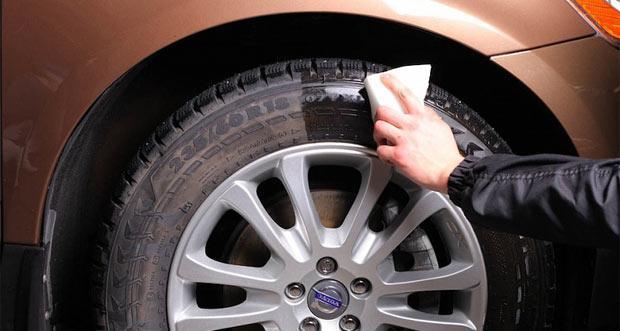
Tire blackeners. Caprice or necessity?
Content
What is the aging process of tires?
Color change is caused not only by operating conditions - sudden changes in temperature, friction, stress - but also by oxidation. Even "not ridden" rubber gradually brightens, because during operation it is constantly subjected to oxidation. As a result, a brittle oxide layer of increased strength is formed on the surface of the tire. There is no benefit from such a layer, since simultaneously with strength it acquires increased brittleness, because sulfide compounds are present in it. During the movement of the car on bad roads, the surface particles of rubber are covered with a fine network of cracks, crumble, and then separate.
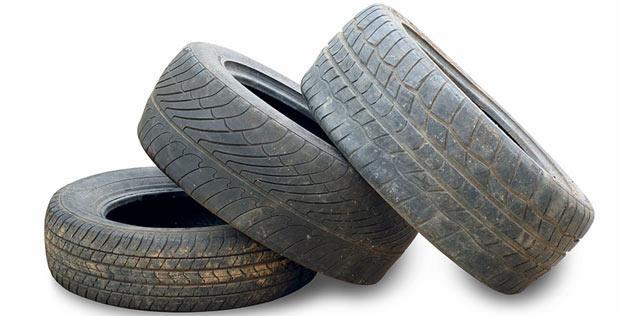

Signs of aging tires are:
- Isolation of sulfur-containing particles in the form of flakes.
- The appearance of specific sounds when starting the car from a higher gear.
- Increasing fading of the tire surface.
- A constant increase in the temperature of the tread surface when driving in approximately the same conditions.
Let's add to this the reduced aesthetics of the appearance of your tires, and we will come to the conclusion that the described phenomenon must be fought. Aging, unfortunately, can come quickly enough. For example, when you were sold tires at some low-prestigious car market, which had lain in the seller’s warehouse for a long time, even if in a package.
So, the need to protect tires from aging is obvious. For this, various brands of tire blackeners are produced.


How to use tire blackeners?
All rubber blackeners contain basic components that prevent premature wear. Among them:
- Glycerin, which improves the solubility of the remaining components and helps stabilize their viscosity.
- Liquid soap that reduces the coefficient of friction at the beginning of the movement of the car, when wear is most significant.
- Antioxidants that inhibit oxidative processes and inhibit the effect of blackening.
- Silicone oils that form a microlayer on the surface with increased load capacity.
The difference in the percentage composition of the listed substances determines the brand of tire ink. They are known both domestically - for example, from the brands Lavr, Grass, Runway - and manufactured abroad (CSI Nu Tire, Black Car Trim, Mannol, etc.).
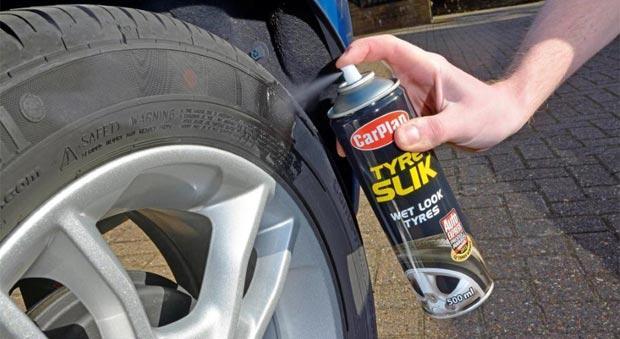

The sequence of processing tires (and, by and large - not only it, but also all other rubber parts of the car, in particular, gaskets) is determined by the form in which the rubber ink was purchased. Most products are available in the form of aerosols, therefore, they imply a quick treatment of the desired surface from a pre-shaken can. But the Mannol brand produces its product with a very viscous consistency, so the owner of the car will need a rag made of a material with low absorbency (geotextile, microfiber).
The procedure is simple: the product is applied to the surface, after which it remains to wait for it to dry completely. The treated surface will have a pleasant black color and a characteristic oily sheen. Application conditions are indicated on the packaging, but in all cases, only clean tires should be treated.


Watch this video on YouTube
Which tire ink is best?
As a result of practical experiments, it was found that water-based compounds do not chemically destroy tires and remain reliably on the surface, protecting tires from damage and cracking. For example, the CSI Nu Tire Lotion Quart can withstand multiple washes while maintaining continuity.
We also note the two-component composition of Black Wow + Solution Finish tire ink. The first component restores color and gloss, the second provides surface wear resistance for 4 months.


Black Again Tire Black (USA) is a rich XNUMX-in-XNUMX polymer formula that is unmatched in its ability to clean, renew and protect all exterior finish colors.
Sonax and Dynamax are foam aerosol inks supplied as sprays. The uniformity of their application is determined only by the attention and experience of the user. Requires at least 10 minutes to dry completely.
Lavr ink is prepared on a silicone basis, is more versatile (compared to Grass), is economical in consumption, and the effect is achieved both with aerosol processing and with the use of a traditional sponge.
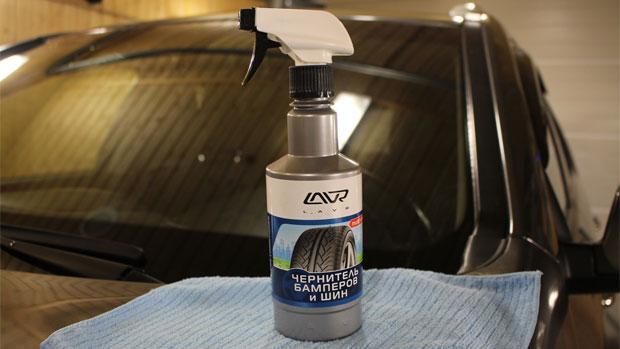

Diy tire blackener
Most of the components of a standard rubber ink are not deficient, so the required composition is easy to prepare with your own hands. Let's consider several options:
- Liquid soap (or a concentrated aqueous solution of laundry soap). Rub the tires with a freshly prepared suspension using an ordinary stiff brush for this, and wait until it dries completely. Disadvantage: for all its simplicity and accessibility, soap actively dries rubber.
- Glycerol. Processing is carried out in a similar way, and the concentration of glycerin can be changed over a fairly wide range, up to 50% glycerol and 50% water. With a decrease in the proportion of glycerin, the fat content of the ink will decrease, which will lead to a deterioration in the stability of the coating. Glycerin can also be used as a bumper ink (if they are of the appropriate color). The disadvantage is that the glycerin coating will come off after the first good wash.
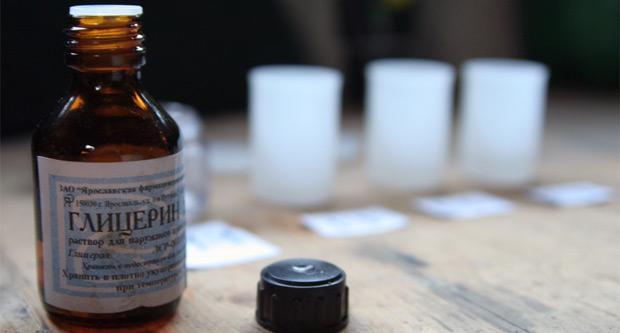

- Colorless shoe polish. Practically contains the same components, however, it has an increased viscosity. Therefore, it should first be diluted in any liquid oil. The cost of the method is more expensive, but the duration of the preservation of such ink on the surface is much higher. This tool can also be used to blacken bumpers.
- Silicone Grease. The most low-budget option, which, however, has a significant advantage: in conditions of intensive use of the car, it stays on the surface of tires for the longest time (up to six months). PMS-200 oil is suitable according to GOST 13032-77. The composition can also effectively treat tires during their conservation.


Watch this video on YouTube
